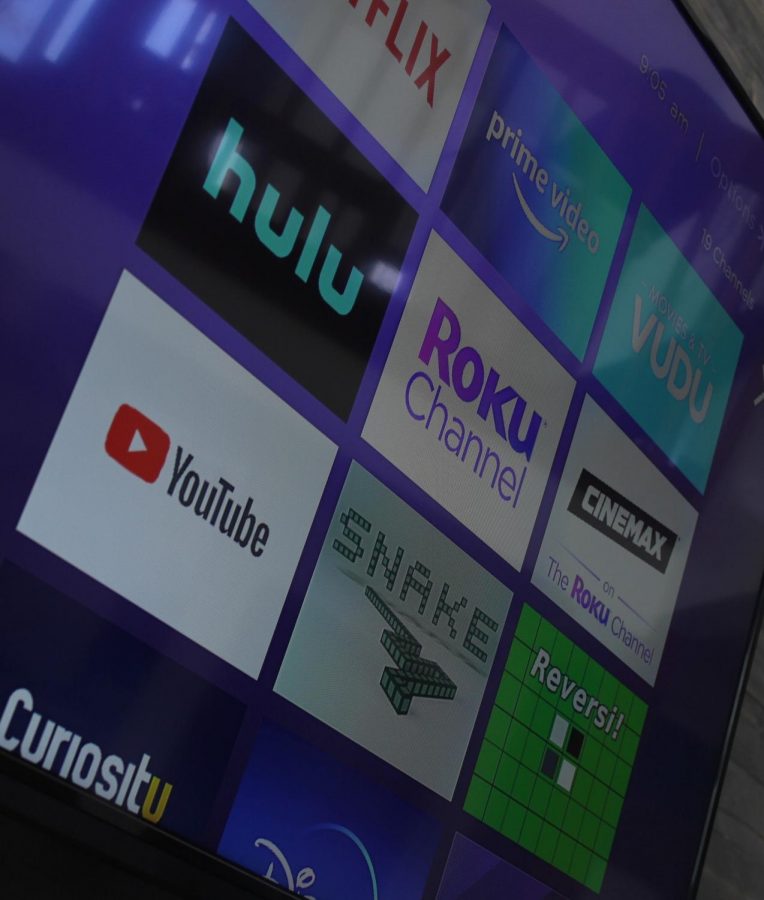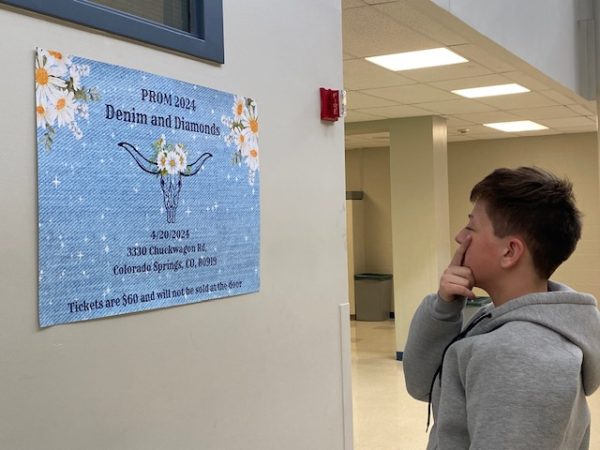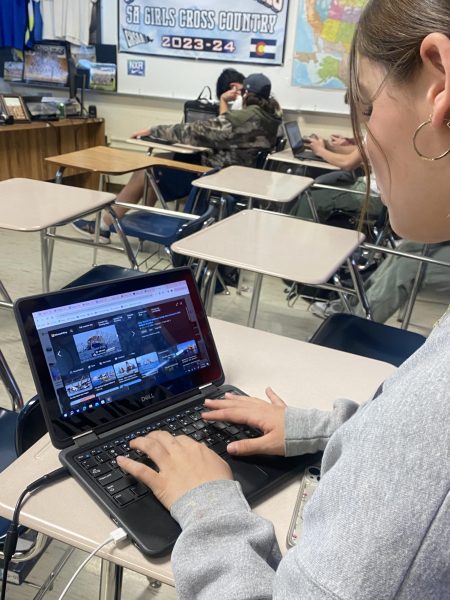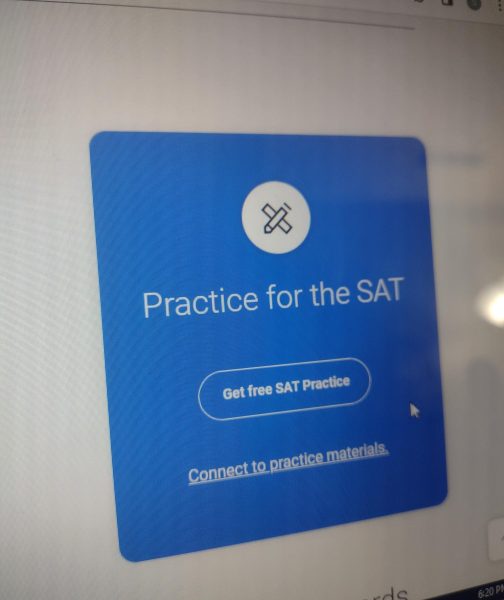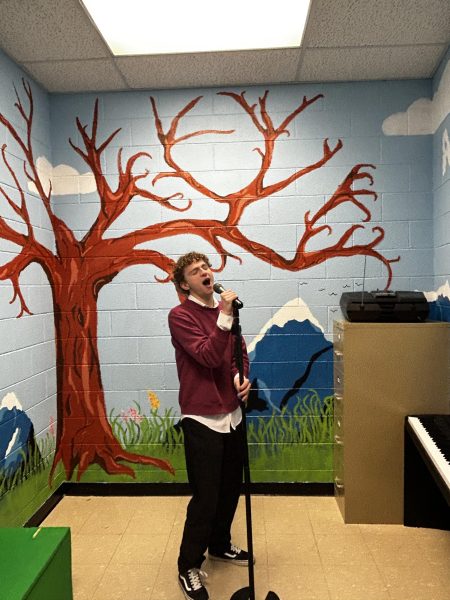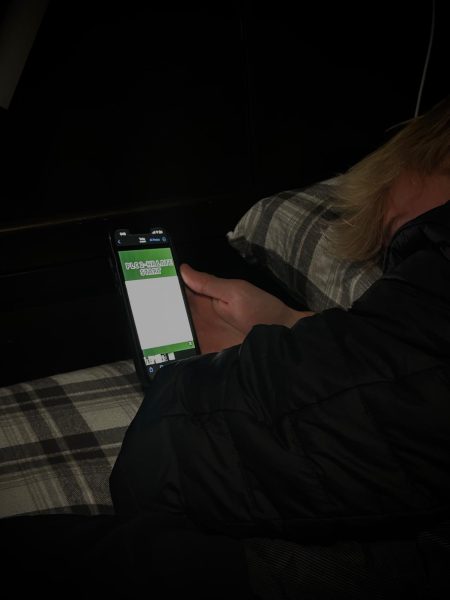Is Cable TV Obsolete?
Over the past few years, streaming services have taken off. They completely dominate the market, and for good reasons, too.
Introducing cheaper, commercial-free, on-demand content has completely changed the game and changed the standard for television and movies. What began primarily with Netflix and Hulu then branched off into hundreds of different services, all with different drawbacks and niches of content: Disney+, Shudder, ESPN, HBO Max, Starz, the list goes on. There are also a large number of services for watching live TV versus on-demand: Youtube TV, Philo, Fubo, Sling; almost any random four to five-letter word is the name of a TV service. While all of these companies hold their own corner of the market, they all have something in common: they are far better than cable TV.
The fact that cable ever existed, let alone is still used, seems ridiculous once compared to any one of the multitudes of other services. The price alone is enough to question why people would even consider it. Standard monthly cable plans range anywhere from 60 dollars to 100 dollars, and that’s not including extra fees. These extra fees can include monthly charges for DVR services, premium channels, and even the remote and reviewer, along with one-time installation fees.
One would assume that due to the extremely high cost, consumers wouldn’t be subject to constant advertisements. Services such as YouTube remain completely free through advertisements, whereas cable has advertisements such as commercials in the middle of episodes, but remains a paid service. It should be noted that almost no other services do this.
Streaming services will generally cost less than 20 dollars a month without live TV, and with live TV it costs no more than 60 dollars a month. Streaming services are ad-free and include on-demand content as well. The content on cable has been overshadowed by that of streaming services; specific services have original shows and movies and cater to binge-watching, which is widely preferred these days.
Has cable been abandoned in favor of news, sports, and 20-plus seasons of the same show?
One of the benefits of cable is actually less choice. It is easy to fall into a cycle of scrolling through the massive selection of shows on streaming services and being overwhelmed by choice.
In his speech, “The Paradox of Choice,” American psychologist Barry Schwartz said, “The existence of multiple alternatives makes it easy for us to imagine alternatives that don’t exist—alternatives that combine the attractive features of the ones that do exist. And to the extent that we engage our imaginations in this way, we will be even less satisfied with the alternative we end up choosing. So, once again, a greater variety of choices actually makes us feel worse.”
In shorter terms, when we have a larger amount of choice, we will feel like we are missing out on other options and that leaves us disappointed.
Another reason for the use of cable is simply that it’s what people are used to.
“[Streaming services] are better because you get to watch what you want, not another re-run of Back to the Future. But people are going to use what they are familiar with,” said junior Nathan Tada.
Switching the way one watches TV could be a jarring change that people might not want to deal with.
Junior Mark Bathje expressed a different reason for their love of cable.
“Cable allowed for a sense of community when something big was happening live like season finales. You cannot get this from streaming… [cable provides] this feeling of pure comfort from watching some boring show or staying up to see something that only airs late at night,” said Bathje.
While cable is overpriced and objectively much worse than the alternatives, it still has its place in television for some and is not completely obsolete.

Howdy! I'm Michael, and this is my first year writing for the Jetstream Journal. I love hiking, video games, and hanging out with my friends and pets....



